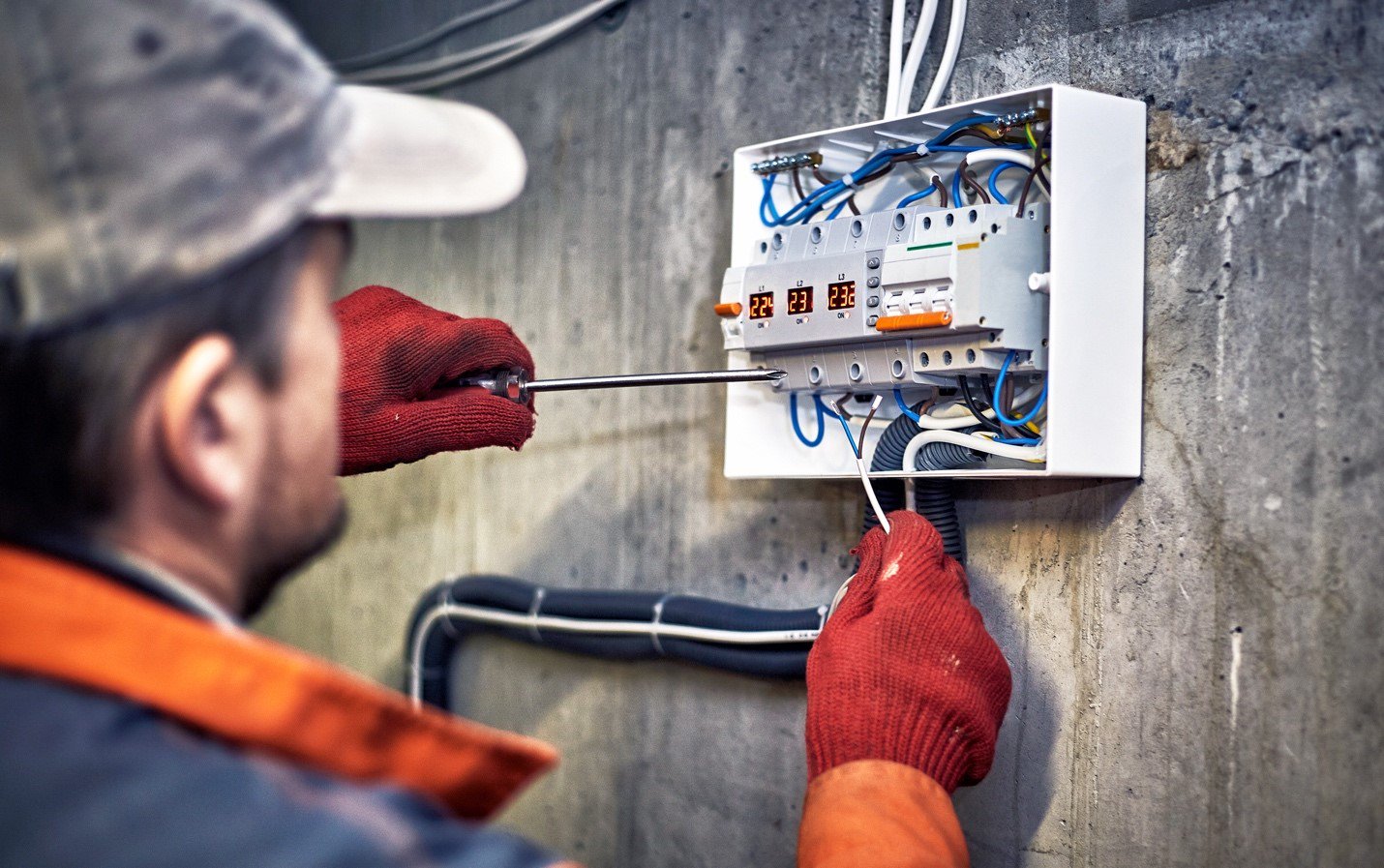The Difference Between RF Mixers and RF Frequency Multiplier/Dividers

Frequency upconversion/downconversion and frequency multiplication/division is a critical feature of many RF circuits. The basis for superheterodyne communications is the generation of a baseband or intermediate frequency (IF) signal and the use of upconversion to achieve the RF frequency for transmission and the reverse with downconversion for reception. However, upconversion/downconversion with a traditional 3-input mixer isn’t the only way to achieve higher and lower frequency with a given input signal. The other option is to use RF Frequency Multipliers and Dividers.
These devices differ from a traditional mixer in several fundamental ways. The main way that frequency multipliers/dividers differ from mixers is that a mixer requires a local oscillator (LO) frequency input and either an IF or RF signal input that is then downconverted or upconverted where the output is an additive or subtractive product of the LO and IF/RF inputs. Frequency multipliers/dividers don’t require an external LO frequency input and instead use the carrier frequency of the input signal itself to generate either multiplied or divided frequency content. The multiplied or divided signal output from frequency multipliers/dividers is the harmonic or subharmonic output of the device, of which several are generated and typically only one is selected for.
Both mixers and frequency multipliers/dividers are made from nonlinear semiconductor circuits, often either diodes, field effect transistors, or more recently, monolithic microwave integrated circuit (MMIC) technologies. A mixer circuit is generally either configured as a single-sideband conversion setup with only a single sum or difference product available at the output, or as a double-sideband conversion with all of the sum and difference combinations available at the output. With a double-sideband conversion mixer, it is up to the user to select which product they want using filters to attenuate the undesirable frequency content.
With frequency dividers and multipliers, the output frequency is an integer multiple of the input frequency. The multiplication and division products produced using this method are lower in power the higher the multiple of the original frequency. Hence, filters and amplifiers are often needed to produce desirable signal strengths and eliminate the undesirable frequency content produced from the harmonic conversion.
It is possible to chain both mixer and frequency multiplier/divider circuits and achieve higher levels of frequency conversion of multiplication/division. However, due to the imperfect nature of using real nonlinear circuits, the signal quality is degraded at every step. The main degradations to the signal quality are signal-to-noise (SNR) or carrier-to-noise ratio (CNR) and phase noise. Conversion loss, or conversion efficiency, is a consideration for both mixers and frequency multipliers/dividers. Where conversion loss for a mixer takes into account the LO as well as the input energy, a frequency multiplier/divider only considers the input energy when calculating this figure. Conversion losses are generally higher for higher order multiplication/division with frequency multipliers/dividers.


